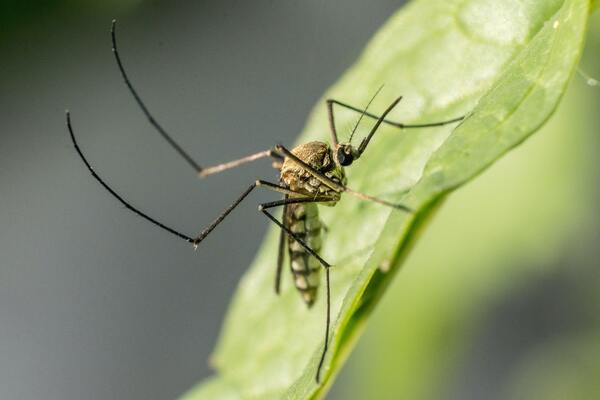The Effect of Poverty on Mosquito-borne Illness Across the United States
(1) Wheeler High School, Marietta, Georgia, (2) Institute for Global Environmental Strategies (IGES), Arlington, Virginia
https://doi.org/10.59720/20-159
Mosquito-borne diseases are a major issue across the world, and the objective for this project was to determine the characteristics that make some communities more susceptible to these diseases than others. We hypothesized that low-income communities are more susceptible to mosquito-borne diseases. To test this hypothesis, we identified and studied characteristics that make communities susceptible to mosquito-borne diseases, including water in square miles, average temperature, population, population density, and poverty rates per county. We used regression analysis to understand the relationship between the above variables and the total number of mosquito-borne disease cases. We found that the population of a county is the best indicator of the prevalence of mosquito-borne diseases. Rate of poverty in the county was not found to be a significant indicator of mosquito-borne diseases. This may be because poverty aggregated at county level does not describe income level variation within the county. In this research, both rural and urban counties were analyzed. Although rural counties have high rates of poverty, the population of rural counties are spread out, so they are at a lower risk of disease. Therefore, we conclude that population data needs to be studied in conjunction with poverty levels to truly understand the relationship between poverty and mosquito-borne diseases.
This article has been tagged with: